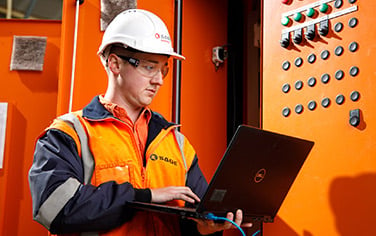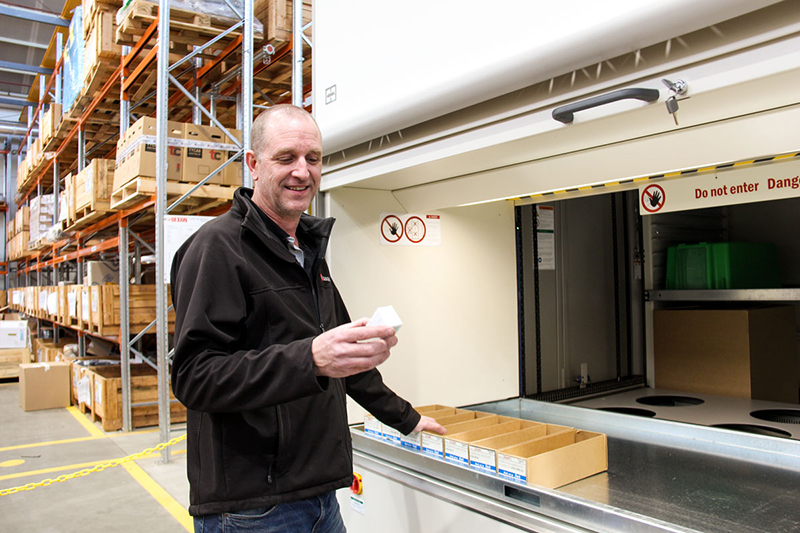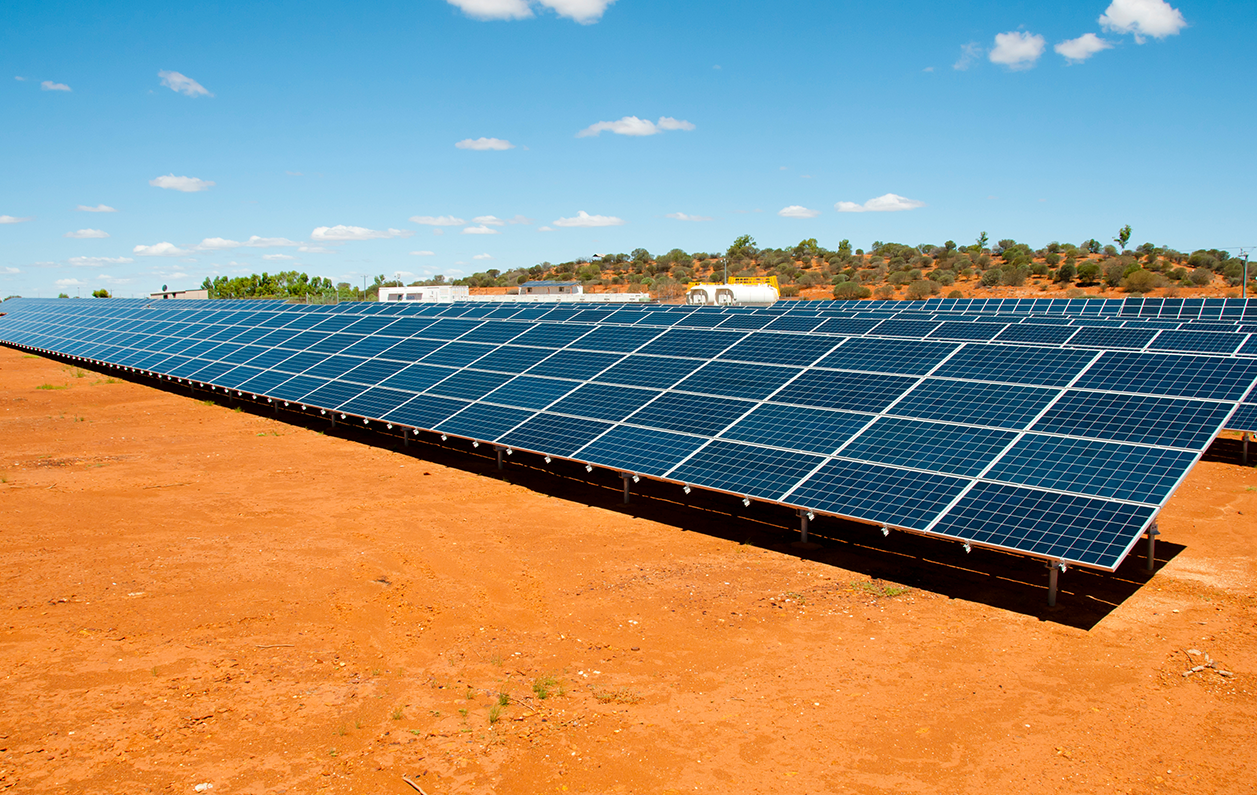12 basic energy saving tips for manufacturers
Jason Harvey, Published: December 6, 2018 - Updated: February 7, 2024 (8 min read)
Given the manufacturing industry accounts for eighteen per cent of Australia’s energy consumption, it has the most to gain from implementing energy saving improvements.
The Australian Bureau of Statistics estimates that business expenditure on energy in Australia reaches up to $45 billion dollars. Energy costs are unavoidable and are increasingly becoming a part of manufacturers’ bottom line.
While some facilities are mitigating their energy costs by installing on-site renewable generation, there are some more basic energy saving steps that everyone should investigate first. These can make a sizable dent on your electricity bills and improve the overall energy efficiency of your facility.
Here they are: 12 basic energy saving tips for manufacturers.
1. Lighting
Switching off lights remains one of the easiest ways to save on energy but it’s surprising how often lights are kept on, even when no one is in the lit area. This problem is compounded in when employees go in and out of various buildings and work areas as they go about their duties.
Incorporate automated lighting systems that make adjustments based on the room’s occupancy or daylight availability. You can also install day/night switches to automatically control outdoor lighting. Additionally, install motion detector sensors that only switch lights on when the area is in use.
2. Turn off and run equipment only when required
Ensure you shut off machinery and equipment when not in use. Walking through your plant after-hours and ensuring equipment is powered down when not in use can result in significant savings over time.
Specifically, reduce the operating pressure of your air compressor, check for leakages, and turn it off completely when not in use. Compressed air alone accounts for 10 per cent of industrial power usage across Australia’s industrial sectors, according to the Victorian Government’s Compressed Air System Guide.
3. Reduce closing door delay
Automatic doors are a great way for manufacturing businesses, which require a cold room or refrigerated storage, to save on energy as they use sensors or a time delay to close the door.
Energy savings can be made by reducing the close delay timeframe on automatic doors, and limiting the frequency of cool room access as far as its practical.
4. Clean and maintain equipment
Regular cleaning and planned maintenance of your electrical and mechanical equipment will go a long way towards optimising its performance and lifespan, which can translate to energy efficiency savings.
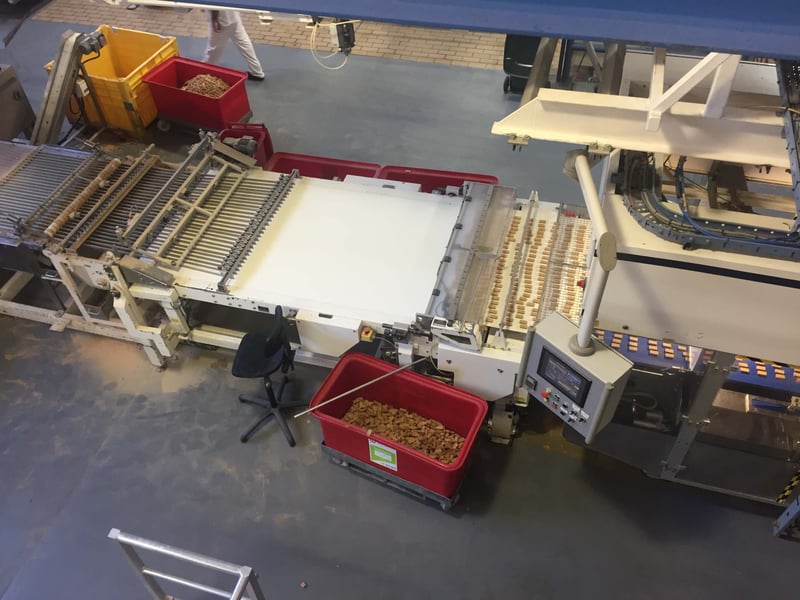 Performing regular maintenance on your equipment will prolong its lifespan. Image: SAGE Automation
Performing regular maintenance on your equipment will prolong its lifespan. Image: SAGE Automation
5. Air conditioning and heating
According to Siemens, heating and cooling uses around 20 to 40 per cent of a building’s energy.
Newer heating and cooling systems will be far more efficient than old ones, so it may be worth getting systems more than 10 years old replaced. Both blow heaters and portable radiators use significant amounts of electricity and will chew through the power bills so discourage their use. Lastly ensure your air conditioning and heating are set to the optimum points during the seasons.
‘Setting the temperature to 25 degrees Celsius could cut your office's daily air-conditioning energy consumption by 18 per cent,’ ABC reports.
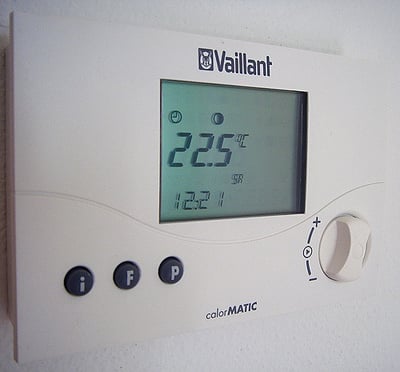
Reduce your energy consumption by ensuring your air conditioning is set at the right temperature. Image: www.trek.today
6. Insulation
Insulation acts as a barrier against temperature shifts, making it much easier to keep the workplace warmer in winter and cooler in summer. By installing insulation in the roof, and walls of your workspace, you can reduce the amount of energy needed to maintain room temperature during heat loss and heat gain. This is one of the most practical and cost effective ways to make your facility more energy efficient.
7. Shade windows and walls
Often, the primary source of heat entering a building is via unprotected windows. The sun’s radiant energy can generate the same local heat as a single bar radiator but Save energy by using fixed or adjustable shading, planting trees and vegetation or installing sun filters on the windows and walls of the workplace— especially industrial sheds— to protect it from radiant energy.
This will reduce the impact of those extreme Australian summer temperatures, improve comfort and save energy.
8. Replace existing lights with LED
In 2009, Australia commenced the phase out of incandescent bulbs and it is estimated that this has saved nearly as much as 400,000 homes’ worth of electricity consumption every year. LED bulbs use about a quarter of the energy to produce the same light as halogens and can last five to ten times longer. This makes them the logical lighting choice for energy savings, particularly when manufacturing workspaces need adequate and plentiful lighting.
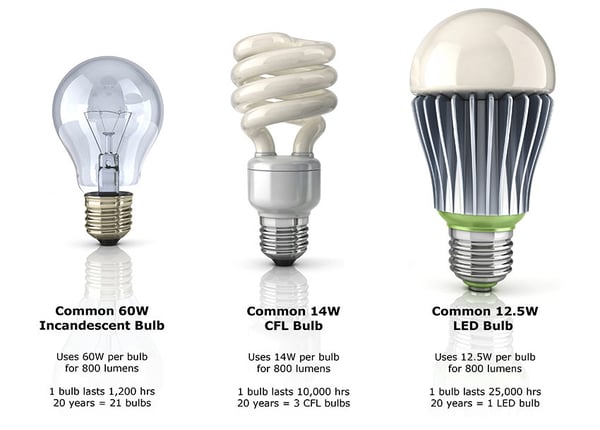
Comparative illustration of LED bulb and incandescent bulb. Image: Makoair
9. Use natural airflow
Opening a window, or building door is a simple energy saving technique that can help reduce air conditioning and heating costs by relying on natural ventilation for climate control. Especially as many places in Australia experience up to one hundred days per year with nice enough weather that you can open windows or a roller door.
10. Check air conditioning lines
Make sure that pipe lagging on all refrigerant lines are intact as insulation is absolutely crucial, especially if the air conditioner is an outdoor unit. If the air conditioner lines are not insulated, it's just absorbing heat from the environment and cooling the outside air instead of the building and vice versa in winter.
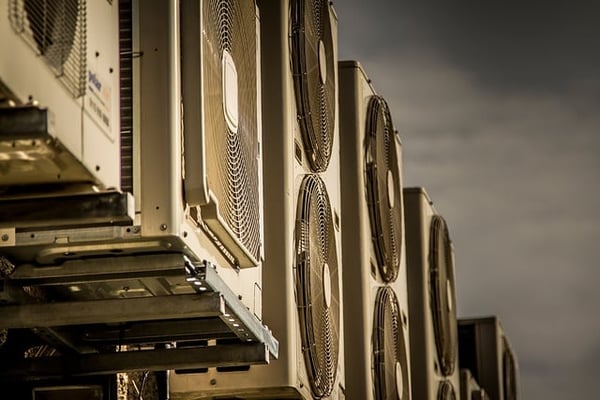
Perform a check on your air-conditioning insulation. Image: CWCS Managed Hosting
11. Optimise appliances
Depending on the appliances used in the workplace, you can optimise their settings to increase energy savings. For example, you can increase the drinks fridge temperature in the kitchen by one or two degrees to save energy without impacting employees or business.
12. Make it collaborative, not top down
Any energy savings initiative should be collaborative and involve all employees. If you want your employees to change their behaviour they need to do it when you’re not in the room. So, communicate the real business costs. Let them know how it affects the bottom line, and regularly raise energy at toolbox meetings or monthly company meetups, to keep it top of mind. People will want to do their part if you let them.
Conclusion
By making small changes to your facility’s lighting, air conditioning usage and switching off equipment when not in use, you can make a big difference to your yearly energy consumption. Once you’ve mastered the basics, you may consider energy efficiency measures such as power factor correction, or energy monitoring to gain a better understanding of which systems consume the most energy.
Still exploring your energy needs and options? Our free guide to managing industrial energy costs explores the energy market and current technologies that are giving heavy energy users saving opportunities. The guide covers: What energy challenges are big businesses facing?, Energy Management & Measurement, Making financial savings through improved energy efficiency, Distributed Energy Resources and Industry 4.0 Enhancements.

